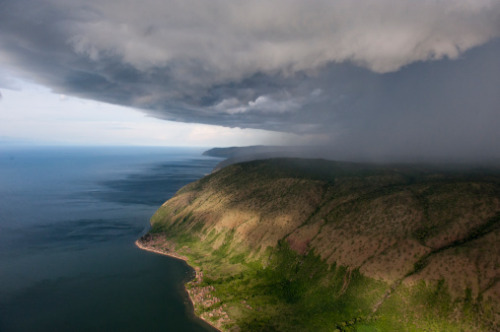 |
| The famous Mount Kilimanjaro |
It was a very peaceful place compared to busy, traffic-filled Kampala - except when all the village roosters were crowing in canon (which could start as early as 3am!), or when the pigs could see their food being prepared and started making excited and impatient grunting noises, or when some of the village ladies gathered in the front room of the house to sing hymns before studying the Bible together. Not all noise is unwelcome! One day they were singing 'How Great Thou Art' in Swahili and I went and joined in in English, which was wonderful.
As I stood outside one evening looking up at the black night sky with its brilliant stars, the first verse of that hymn (see below) immediately came to mind. God's workmanship is truly magnificent! We saw so much of the variety of creation as we travelled around - flat, dry plains dotted with small villages of mud huts; lush tropical forests with red fertile soil; rocky outcrops scattered over the landscape; looming mountains; rolling hills... We also had the opportunity to take a three-day safari to some of the nearby parks and we saw such a variety of creatures for the first time. Again, this reminded us of the grandeur of what God made with a word and to which he gave life and breath and everything.
 |
| One of many brilliantly coloured lizards we saw in Dodoma. |
O Lord my God, when I in awesome wonderConsider all the works thy hand hath made;I see the stars, I hear the might thunder,Thy power throughout the universe displayed:Then sings my soul, my Saviour Lord, to Thee:How great Thou art, how great Thou art!Then sings my soul, my Saviour Lord, to Thee:How great Thou art, how great Thou art!











